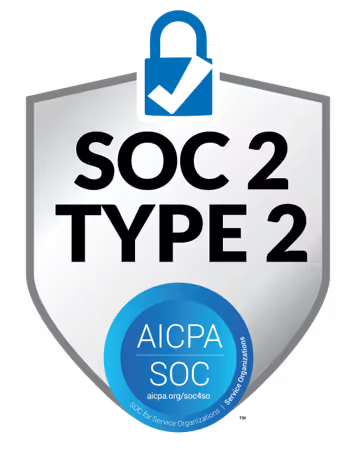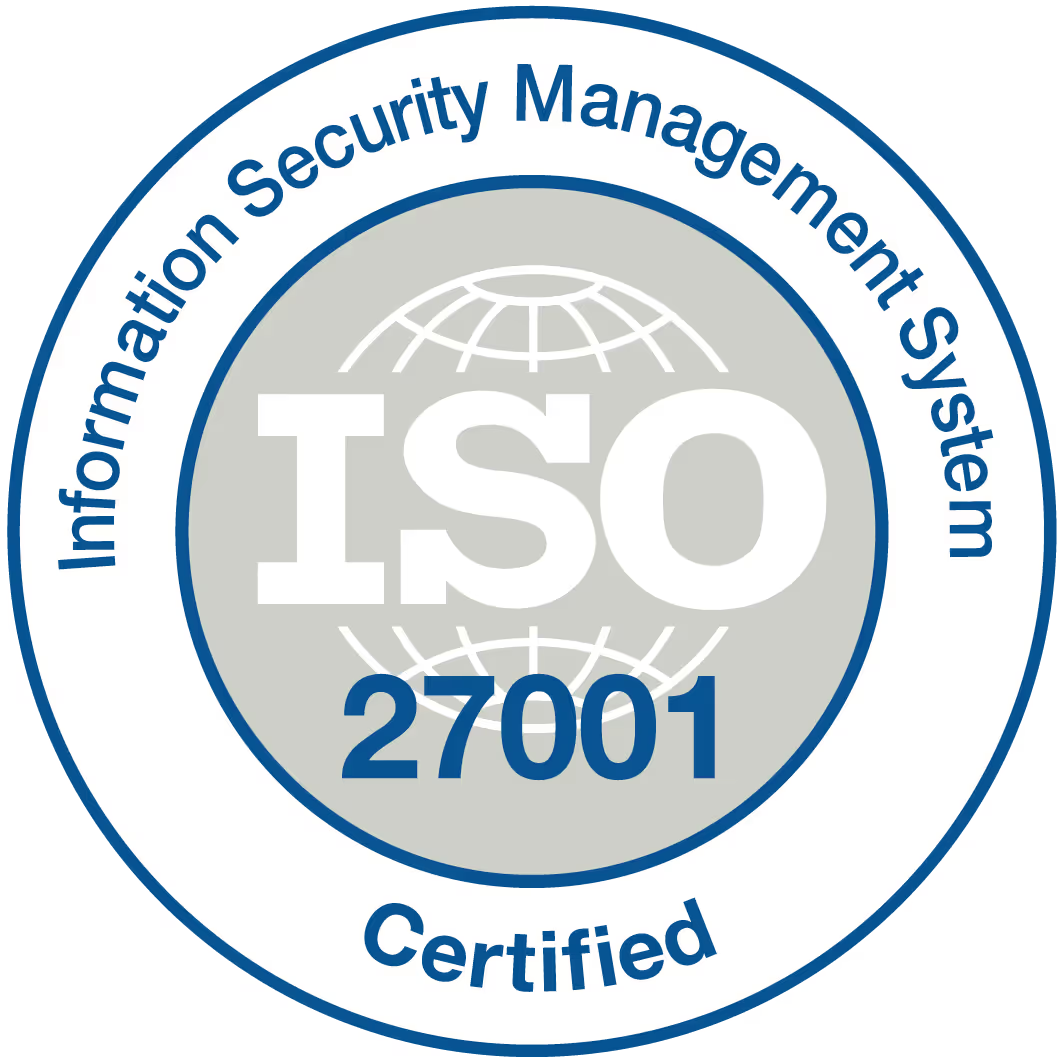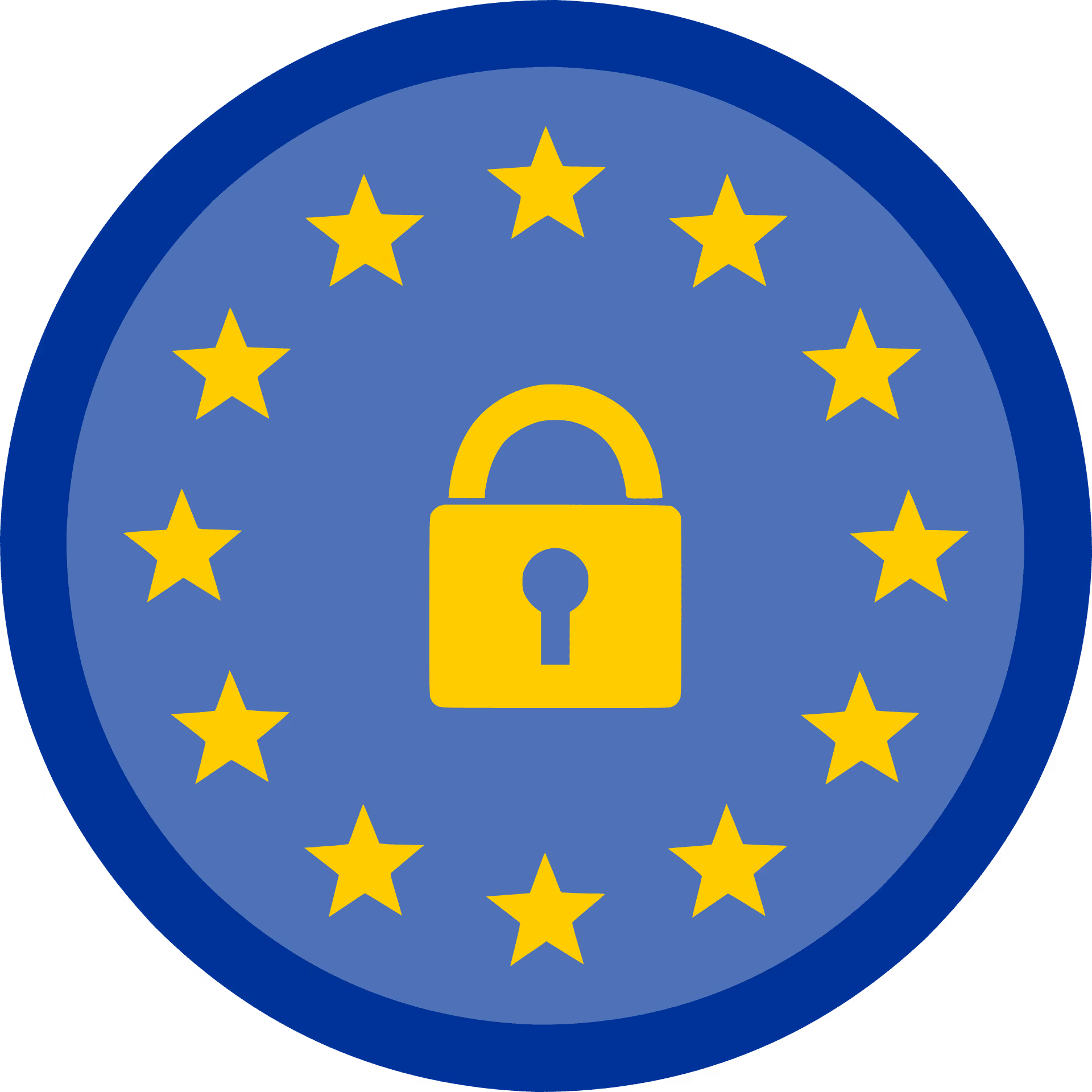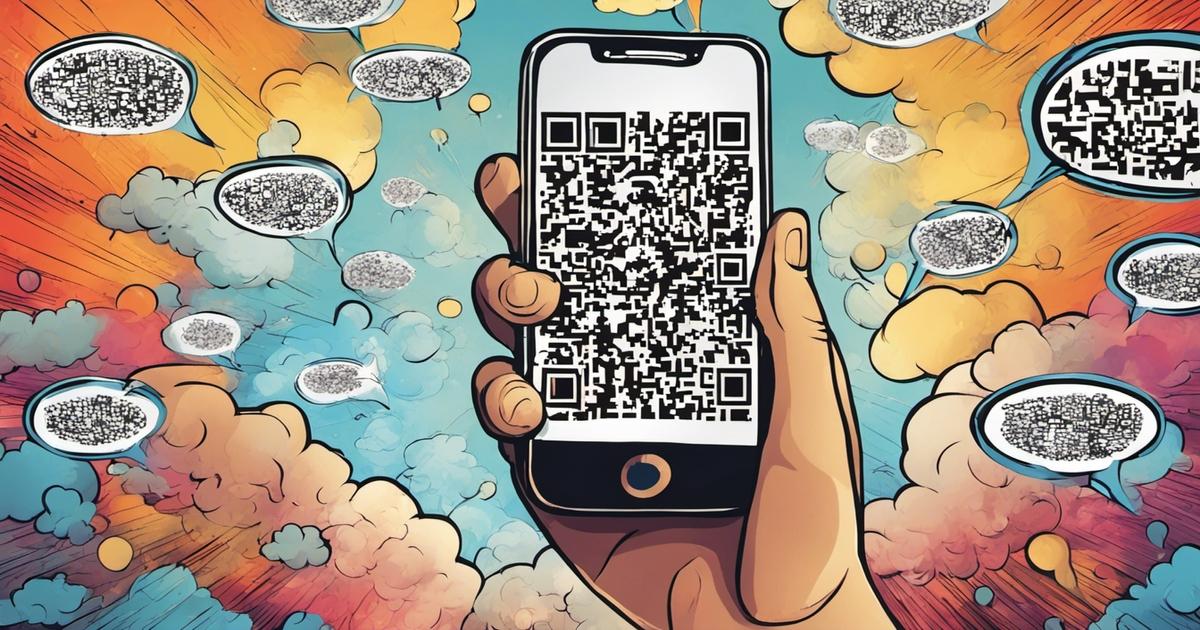
QR Code Feedback & Surveys: Gather Insights Anywhere!
Picture this: you're at a trendy restaurant, sipping your latte and scrolling through your mobile device's camera. Suddenly, in that moment, you notice a small QR code on the table. It's the perfect opportunity to print it out and scan it with your mobile device for later use. Curiosity piqued, you quickly visit the link. In an instant, you're redirected to an online survey through a QR code-based feedback system, where you can share your thoughts about the establishment's service and ambiance. The questionnaires are accessible via a link, allowing you to provide valuable feedback. This is the power of QR code surveys in smart buildings.
Gone are the days of paper feedback forms and lengthy questionnaires. With the rise of online surveys, businesses can now gather valuable insights from customers with just a few clicks. This convenient method eliminates the need for phone calls or physical space to store piles of paper forms. Additionally, online surveys can be easily distributed to a large audience, making it an efficient way to collect data. To ensure accurate and reliable results, employees can undergo training on how to design effective surveys that yield meaningful responses. Overall, the shift to online surveys has revolutionised the feedback process With QR codes, businesses have found a modern and efficient way to gather valuable insights from their customers through questionnaires and feedback forms. Customers can easily share feedback by scanning the QR code and filling out the form. To encourage participation, businesses can place the QR code on their website or social media pages, making it convenient for customers to access the link and provide their feedback. These sleek black-and-white codes can be easily scanned by any smartphone camera, instantly leading users to questionnaires, feedback forms, or training links or images for users to share feedback.
QR code questionnaires offer a convenient and contactless method for collecting feedback in various settings - from restaurants and retail stores to events and conferences. These QR code surveys can be accessed through a form, making it easy for participants to provide their responses. As smartphones continue to dominate our daily lives, accessing questionnaires and sharing feedback through qr code feedback forms has never been easier or more accessible.
So, buckle up as we embark on a journey exploring the world of QR code surveys - how they work, their benefits, and why they are changing the game. Discover how to use a feedback form and share feedback with QR code surveys.
Benefits of QR Code Surveys for Gathering Customer Feedback
QR code surveys offer numerous advantages. Let's explore the benefits in more detail:
Real-time Feedback Collection
QR code surveys form a convenient way for businesses to gather feedback from customers in real-time. This means that as soon as a customer scans the QR code and completes the feedback form, their responses are immediately available for analysis. Customers can easily share feedback through the feedback form. This enables businesses to take prompt action on any concerns or issues raised by customers through QR code feedback forms, improving overall customer satisfaction. By using feedback qr codes, businesses can gather valuable insights from customers and address their concerns effectively.
Increased Reach and Touchpoints
By utilising QR codes, companies can reach a wider audience and gather feedback from customers at various touchpoints by using a form. Whether it's through product packaging, receipts, or posters displayed in-store, QR codes provide a convenient way for customers to access feedback forms and share their opinions. This expanded reach ensures that businesses receive feedback through a form from a diverse range of customers, helping them gain valuable insights into different segments of their target audience.
Anonymity Encourages Honest Responses
One significant advantage of using QR code surveys is the anonymity they provide to respondents. By utilising a feedback form in the form of a QR code, respondents can provide their input without revealing their identity. Customers may feel more comfortable providing honest feedback when they know their identity is protected through a form. With traditional methods such as face-to-face interviews or paper-based surveys, individuals might hesitate to express their true thoughts due to fear of judgment or reprisal. However, by implementing a qr code feedback form, this barrier can be overcome. However, with QR code surveys, respondents can freely share their opinions without any reservations by using a feedback form.
Cost-effective and Environmentally Friendly
QR code surveys offer a distinct advantage over a toilet feedback system that requires touching an LCD panel. Unlike the traditional method, QR code surveys do not involve any physical contact, making them more hygienic and suitable for situations where minimising touchpoints is necessary. This is particularly relevant in today's world, where the importance of maintaining cleanliness and reducing the spread of germs is paramount. By simply scanning a QR code with a smartphone, users can access the feedback form without having to touch any surfaces, ensuring a safe and convenient experience. Additionally, this touchless approach aligns with the growing preference for contactless interactions in various industries, further highlighting the benefits of QR code surveys in terms of hygiene and user satisfaction.
With the help of analytics, the FM team can easily identify areas for improvement. By analysing digital survey responses and QR code feedback, businesses can gain valuable insights into customer satisfaction and preferences. This data can be automatically compiled into easy-to-read reports, allowing the FM team to quickly identify trends and patterns. By pinpointing areas that need improvement, businesses can make informed decisions and implement changes to enhance their operations. This not only saves time and resources but also ensures that improvements are targeted and effective. Overall, analytics provide a cost-effective and environmentally friendly way for the FM team to identify and address areas for improvement.

Collecting Feedback on Commercial Space and Facilities Services
Utilizing QR code surveys in smart buildings is a game-changer for commercial spaces. These QR code feedback forms are an efficient and convenient way for businesses with smart buildings to assess customer satisfaction with their facilities, helping them identify areas that require improvement or maintenance within their commercial spaces.
By incorporating QR code surveys into their feedback methodology, businesses can streamline the process of collecting feedback from customers. Instead of relying on traditional paper-based feedback forms, which can be time-consuming and easily misplaced, QR codes provide a quick and easy way for customers to share their thoughts and experiences.
One of the major advantages of using QR code surveys in smart buildings is that they can be strategically placed throughout the commercial space. Whether it's in retail stores, conference rooms, or even restrooms, businesses have the opportunity to gather feedback from customers at various touchpoints. This allows for a comprehensive understanding of the overall customer experience within different areas of the establishment through the use of a QR code feedback form.
The collected feedback through these QR code surveys serves as a goldmine of information for businesses. It provides valuable insights into what customers appreciate about their asset management facilities and services, as well as areas where improvements can be made. By analysing this data, businesses can gain a deeper understanding of customer preferences and expectations.
Addressing issues highlighted in the feedback is crucial for maintaining high standards of service quality. Businesses can use the feedback collected through QR code surveys to make informed decisions about necessary improvements or changes in their smart buildings. For example, if multiple customers mention cleanliness issues in restrooms through the survey responses, management can take immediate action to rectify this problem by implementing stricter cleaning protocols or increasing staff presence in those areas.
Moreover, by actively addressing customer concerns or suggestions based on the feedback received via QR code surveys, businesses demonstrate their commitment to providing excellent customer service. This proactive approach not only helps retain existing customers but also attracts new ones who value organisations that prioritise customer satisfaction.
In addition to improving the overall experience of visitors and tenants, QR code surveys can also be a powerful tool for businesses to gather data for marketing purposes. For instance, by offering customers the option to provide their contact information in the survey, businesses can build a database of potential leads for future promotions or targeted marketing campaigns.
Step-by-Step Guide: Creating and Implementing Effective QR Code Surveys
To create and implement effective QR code surveys, there are a few key steps you need to follow. Let's dive in and explore how you can make the most of this powerful feedback tool called AnyFeedback from Infodeck.io. Use the AnyFeedback function to maximise its potential.
Determine objective and design questions
Firstly, it is essential to determine the objective of your survey. What specific information do you want to gather from your customers? Whether it's measuring customer satisfaction, understanding their preferences, or gathering feedback on a new product or service, clearly define your goals. Once you have identified your objective, design questions that align with it. Keep the questions concise and easy to understand for maximum response rates.
Choose a reliable survey platform
Next, choose a reliable survey platform that supports creating and generating unique QR codes for each survey. Look for platforms that offer features like customization options, data analysis tools, and integration capabilities with other systems such as CRM software. One example of such a platform is Infodeck QR code-based feedback and survey tool.
Place QR codes strategically
Once you have created your surveys using the chosen platform, it's time to place the generated QR codes strategically at locations where they will be easily noticed by customers. Consider high-traffic areas such as entrances, waiting areas, or near point-of-sale terminals. Make sure the placement is visually appealing and catches the attention of customers.
Regularly monitor responses and analyse data
Using QR code feedback for smart toilets can greatly enhance the user experience and provide valuable insights for improvement. Let's consider an example case where a QR code feedback system is implemented in a smart toilet facility.
In this scenario, the smart toilets are equipped with sensors and advanced technology to provide a seamless and hygienic experience for users. The QR code feedback system allows users to provide real-time feedback on their experience using the toilets.
Once the QR codes are strategically placed in the smart toilet facility, users can easily scan them using their smartphones. Upon scanning, they are directed to a feedback form where they can rate various aspects of their experience, such as cleanliness, functionality, and overall satisfaction.
By regularly monitoring the responses received through the QR code feedback system, the facility management can gain valuable insights into the strengths and weaknesses of their smart toilet facility. They can analyse the data to identify patterns and trends, such as common complaints or areas that require improvement.
For example, if multiple users consistently rate the cleanliness of the toilets poorly, the management can take immediate action to address the issue. They can allocate more resources for cleaning or implement stricter cleaning protocols to ensure a higher level of hygiene.
Additionally, the data collected through the QR code feedback system can help the facility management make informed decisions for future improvements. They can identify which features or functionalities are highly appreciated by users and focus on enhancing those aspects further.
Furthermore, the QR code feedback system allows for prompt response and resolution of any issues raised by users. If a user reports a malfunctioning feature or any other problem, the management can quickly address it, ensuring a smooth and satisfactory experience for all users.
In conclusion, implementing a QR code feedback system for smart toilets can be highly beneficial for both users and facility management. By regularly monitoring the responses and analysing the data, the management can make informed decisions for improvement and provide a better user experience overall.
After implementing QR code surveys, it's crucial to regularly monitor responses and analyse the collected data. Set up alerts or notifications to stay informed about new responses in real-time. Take time to review the gathered feedback carefully—look for patterns or trends that could provide valuable insights into customer preferences or areas needing improvement.
Analysing data can help identify strengths and weaknesses in your business operations or highlight opportunities for growth. For instance, if multiple customers mention issues with long wait times in their feedback, it may be an indication to optimise your service efficiency.
Take action and make improvements
The ultimate goal of implementing QR code surveys is to gain actionable insights that can drive business improvements. Once you have analysed the data and identified areas for enhancement, take prompt action. Address customer concerns, make necessary changes to products or services, or implement new strategies based on the feedback received.
By taking action and demonstrating responsiveness to customer feedback, you can build trust and loyalty among your target audience. Remember, customers appreciate when their opinions are valued and acted upon.

How QR Code Surveys Improve Response Rates and Gather Valuable Insights
QR code surveys have revolutionised the way businesses collect feedback from their customers. These simple barcodes offer a convenient and efficient method for gathering valuable insights. Let's explore how QR code surveys can improve response rates and provide businesses with valuable information about their products or services.
Convenience Boosts Response Rates
One of the main advantages of using QR code surveys is the convenience they offer to respondents. Unlike lengthy online forms or paper-based questionnaires, scanning a quick response (QR) code takes just a few seconds. This ease of use increases response rates significantly, as it eliminates the hassle of filling out time-consuming forms. With just a quick scan, customers can provide feedback on their experience, making it more likely for them to participate in surveys.
Real-Time Data Collection for Prompt Action
Another benefit of QR code surveys is the ability to collect data in real-time. As soon as a customer scans the QR code and submits their responses, businesses receive immediate feedback. This allows companies to promptly address any concerns or issues raised by customers. By taking swift action based on real-time data, businesses can enhance customer satisfaction and loyalty.
Gathering Specific Feedback
QR code surveys enable businesses to gather specific feedback on different aspects of their products or services. Companies can design surveys that target specific areas they want to focus on, such as product features, customer service, or overall satisfaction levels. This targeted approach provides valuable insights into what customers like or dislike about a particular aspect of the business. For example, a restaurant could use QR code surveys to gather feedback specifically about its new menu items or dining experience.
Tracking and Analysing Responses
The ability to track and analyse responses is another advantage offered by QR code surveys. Businesses can gain valuable insights into customer preferences and satisfaction levels by analyzing survey data over time. They can identify trends, patterns, and areas that need improvement. For example, a retail store can track customer feedback on different product lines and use this information to make data-driven decisions about inventory management and marketing strategies.
Ensuring Functionality and Accessibility of QR Code Surveys
To maximise the effectiveness of your QR code surveys, it's crucial to ensure that they are functional and accessible to all participants. Here are some key considerations to keep in mind:
Test functionality across devices and operating systems
Before implementing your QR codes, it's essential to test their functionality on various devices and operating systems. This will help identify any compatibility issues that may arise, ensuring a smooth experience for participants. By testing beforehand, you can address any technical glitches or errors that could hinder respondents from accessing the survey.
Ensure a mobile-friendly survey platform
To provide a seamless experience for participants, it's important to choose a survey platform that is mobile-friendly. With the majority of people using smartphones as their primary device, having a responsive design is crucial. A mobile-friendly survey platform with QR code-based feedback ensures that participants can easily navigate through the questionnaire on their phones without facing any display or usability issues.
Place QR codes in easily accessible locations
The placement of your QR codes plays a significant role in encouraging participation. Make sure they are strategically placed in easily accessible locations where customers can spot them effortlessly. Consider areas such as entrances, checkout counters, or waiting areas where customers have some downtime and are more likely to engage with the survey.
Provide alternative methods for non-smartphone users
While QR codes offer convenience and ease of access, it's essential to consider alternative methods for customers who may not have access to smartphones or lack QR code scanning capabilities. By providing options like paper-based questionnaires or web URLs that can be accessed via a browser, you ensure inclusivity and allow all customers to participate in the survey.
By considering these factors when implementing QR code surveys, you can enhance accessibility and increase participation rates among your target audience. Remember that not everyone may be familiar with scanning QR codes or have access to compatible devices, so offering alternative methods ensures equal opportunities for feedback collection.
To summarise:
- Test the functionality of your QR codes across various devices and operating systems before implementation.
- Ensure that the survey platform used is mobile-friendly, providing a seamless experience for respondents.
- Make sure the QR codes are placed in easily accessible locations, visible to all customers.
- Consider providing alternative methods for customers who may not have access to a smartphone or QR code scanning capabilities.
Harness the Power of QR Code Surveys for Better Customer Feedback
QR code surveys are not just a trendy tech gimmick; they have the potential to revolutionise the way businesses collect customer feedback. By utilising these surveys effectively, you can gather valuable insights and make informed decisions to improve your products, services, and overall customer experience.
Utilise the Data Collected through QR Code Surveys
One of the key advantages of using QR code surveys is that they provide businesses with real-time data on customer preferences, opinions, and satisfaction levels. This data can be analysed and used to identify patterns or trends that may inform future business strategies. For example, if multiple customers express dissatisfaction with a particular aspect of your product or service, you can address it promptly to enhance customer satisfaction.
Implement Changes Based on Customer Feedback
QR code surveys allow you to directly engage with your customers and capture their thoughts and opinions. By actively listening to their feedback and implementing necessary changes, you demonstrate that their voices are heard and valued. This proactive approach not only improves customer satisfaction but also fosters loyalty as customers feel that their needs are being prioritised.
Regularly Update and Optimize Your Survey Questions To ensure continued relevance and effectiveness, it's crucial to regularly update and optimise your survey questions. As consumer preferences evolve over time, so should your survey questions. By keeping up with changing trends and incorporating new topics or concerns into your surveys, you can gather more relevant insights that align with current market demands.
Leverage the Convenience of QR Code Surveys as a Competitive Advantage In today's fast-paced digital world, convenience is key. QR code surveys offer an effortless way for customers to provide feedback without the need for lengthy forms or complicated processes. By leveraging this convenience factor as a competitive advantage, you can attract tech-savvy customers who appreciate seamless interactions.
Infodeck AnyFeedback, with its analytics function, stands out as a smart FM QR code-based feedback tool. This feature allows businesses to gain deeper insights into customer feedback by analysing data trends, sentiment analysis, and other key metrics. With this information at your fingertips, you can make data-driven decisions that lead to tangible improvements.
QR Code Feedback Forms: A Multichannel Approach To maximise the reach of your QR code surveys, consider implementing a multichannel approach. In addition to placing QR codes on product packaging or receipts, integrate them into your social media posts or email campaigns. This way, customers can easily access the surveys from their preferred channels and provide feedback conveniently.
Exploring Popular Use Cases for QR Code Surveys in Various Industries
We explored how asset management surveys can be utilised in different industries, such as commercial space and facilities services. By following our step-by-step guide on creating and implementing effective QR code surveys, you can improve response rates and gather valuable insights from your customers.
Now that you understand the power of QR code surveys, it's time to harness this tool for better customer feedback. By incorporating QR codes into your AnyFeedback process, you can make it more convenient and accessible for your customers to provide their opinions through the Infodeck.io function. This not only improves response rates but also ensures that you receive genuine and valuable insights.
Introducing the powerful Infodeck.io with its outstanding feature, AnyFeedback! With AnyFeedback, you can gather valuable insights and opinions from your customers, making informed decisions to improve your business. AnyFeedback is location and asset aware, enabling you to identify issues and areas for improvement accurately. Leverage the smart workflow to assign work orders to the applicable teams or individuals. #CustomerFeedback #BusinessImprovement 📊🔧👥 But that's not all! AnyFeedback also offers comprehensive analytics and reports, giving you a deep understanding of your customers' preferences and needs. You can leverage this information to optimise your products or services, increase customer satisfaction, and drive the growth of your business. So why wait any longer? Take action now and schedule a demo to experience firsthand the revolutionary impact of Infodeck.io's AnyFeedback on customer interaction. Don't miss out on this opportunity to enhance your facility management and take your business to new heights!
FAQs
How do I create a QR code survey?
To create a QR code survey, there are several online tools and survey platforms available that provide this feature. All you need to do is design your survey questions, generate a unique QR code that is linked to your survey URL, and place it in a location where your customers can easily scan it using their smartphones.
Can I track responses from my QR code survey?
Yes! Most survey platforms provide analytics tools that allow you to track responses from your QR code survey. You can monitor response rates, view individual responses, analyze trends, and gain actionable insights from the collected data.
Are there any best practices for designing a QR code survey?
Absolutely! When designing a QR code survey:
- Keep the questions concise and easy to understand.
- Offer multiple-choice options whenever possible.
- Test the scanning process on different devices before finalising.
- Provide clear instructions on how to scan the QR code.
- Make sure the survey is mobile-friendly for a seamless user experience.
How can I encourage more people to participate in my QR code survey?
To increase participation, consider offering incentives such as discounts, exclusive offers, or entry into a prize draw. Promote your QR code survey through various channels like social media, email newsletters, and physical signage to reach a wider audience.
Can I use QR code surveys for employee feedback?
Absolutely! QR code surveys are not limited to customer feedback. You can also utilise them for gathering employee feedback on various aspects of your organization, such as work environment satisfaction, training effectiveness, or suggestions for improvement.


.png)




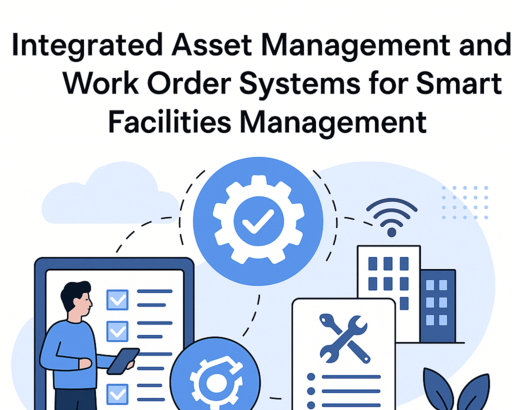



.png)




.png)
















.jpeg)














